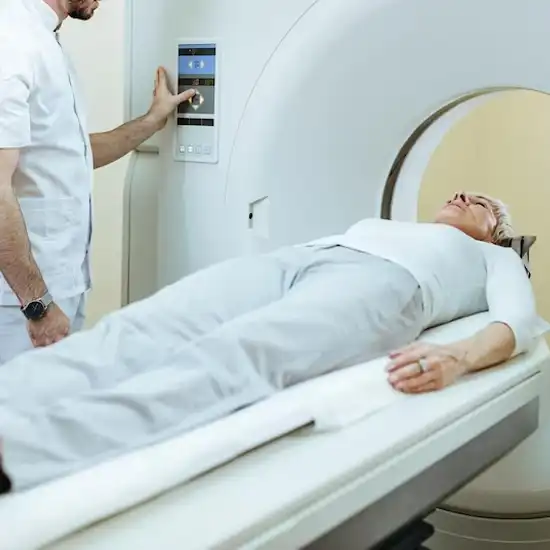X-RAY NASAL BONE SUPERIOINFERIOR VIEW PROCEDURE
X-rays with lateral nasal views identify nasal fractures. Nasal fractures are frequent in adults and children. Deformity, pain, bleeding, edema, and instability are common symptoms of nasal fractures. Edema may disguise instability and deformities.
Why is X-RAY NASAL BONE SUPERIOINFERIOR VIEW Done?
- Nasal Bone Fracture
- Nasal ridge displacement
- Nasal septal hematoma
- Nasal septum deviation
- Absent or hypo-plastic nasal bone
- Edema nose
- Pain in nose
PATIENT PREPARATION
- Take out any metal objects, including jewellery, hair clips, watches, rings, and other items of a similar nature, before scanning a part of the body. This will prevent a bright or blank patch from appearing on the diagnostic film.
- Notify the x-ray technician in the case of a pregnancy.
- Take out any items from the hair, such ear clips, hair grips, and dentures.
PART POSITIONING
Depending on the patient's symptoms
- Erect: Patient leans back on a back-supported chair while turning away from Bucky who is standing straight.
• Supine: tilt the head back and raise the shoulders with a sturdy pillow.
- When the infra-orbito-meatal line (IOML) is parallel to the receptor, the neck is hyperextended.
- The receptor's centre and the vertex of the skull are in contact.
- Ensure that the receptor is perpendicular to the mid-sagittal plane (MSP).
RISKS/ SIDE EFFECTS
The test is safe and involves no risk. After the test is over, you can resume your daily activities.
